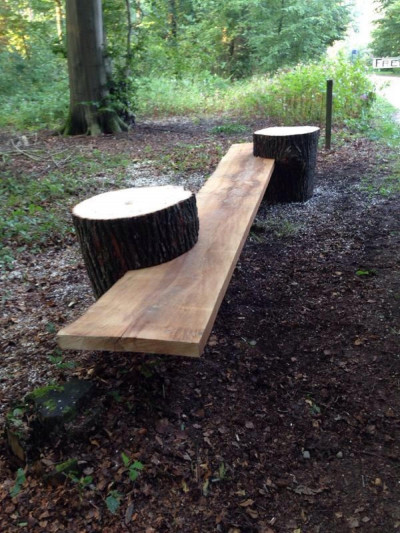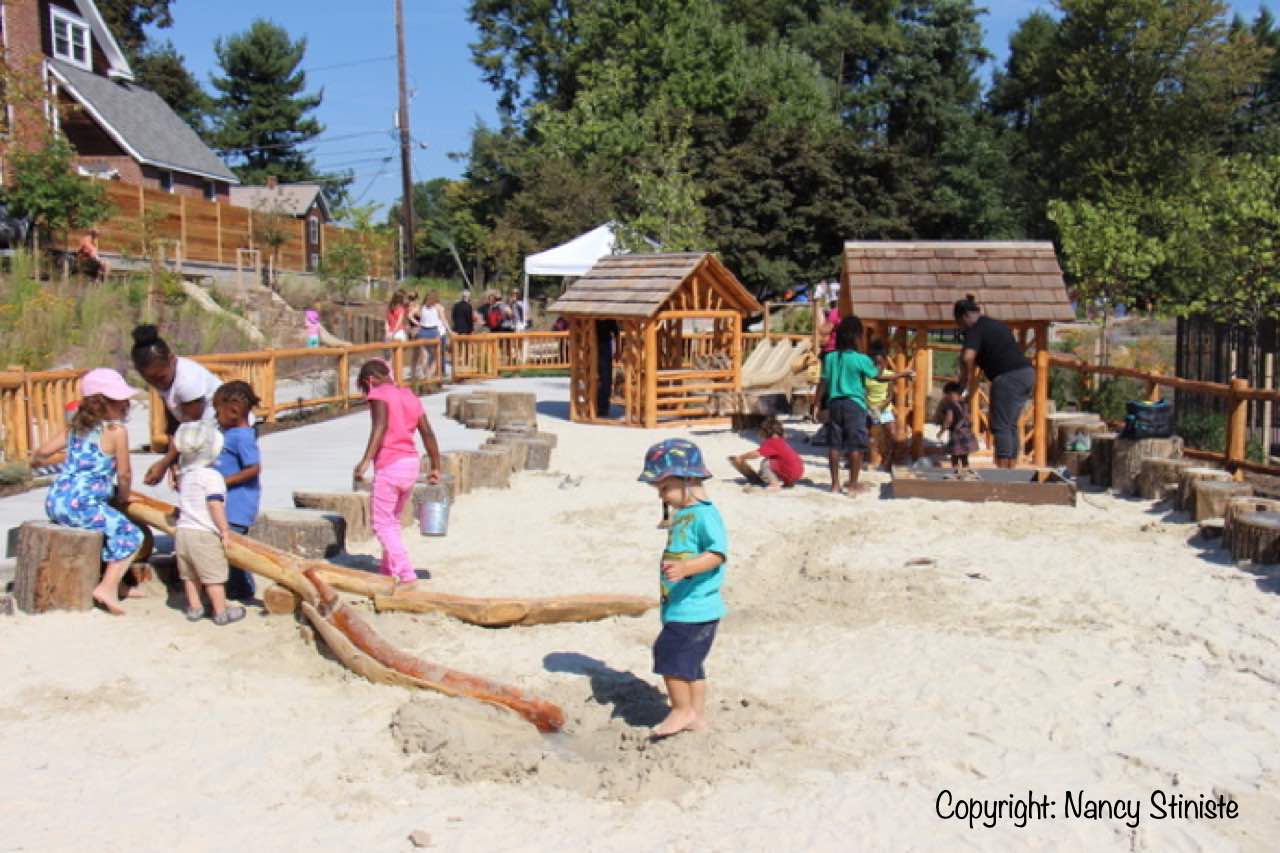
Childhood has changed over the past few decades, but in many important ways, children’s needs have not. To grow up physically, mentally, and spiritually healthy, research tells us that children need abundant unstructured time to play. Time playing in nature is crucial to healthy human development.
Because it is rare for a 21st-century child to have the right to roam free in the out-of-doors as children of past generations could do, we (educators, parents, caregivers, and designers) need to bring nature and natural materials to the places where children are likely to be spending their time: backyards, schoolyards, churchyards, parks, and early childhood settings.
Transforming traditional playgrounds into designed wild spaces for play means adding things like tree parts, stone, sculpted earth, sand, water, and plants, plus evidence of seasons and cycles and the company of wildlife. Natural play spaces engage senses, soothe stress, touch spirits, and inspire children to move, explore, observe, imagine, create, and understand.
A play space can be designed to communicate a message of welcome to children from their very first glimpse into the space. An inviting entry tells children that this is a space for them. Artful gates, child-height arbours and arches, and intriguing views all invite children into the space. Every element can add to the potential for learning and play - including interesting textures underfoot and overhead and various sizes of spaces and degrees of enclosure.
Varied Landscapes for Active Play
In a natural play space, children learn to move and learn by moving. The irregular shapes and surfaces of natural elements like tree parts, boulders, and even earth mounds require focused attention and test coordination as children navigate the space by crawling, climbing, jumping, balancing, rolling, scooting, running, and sliding.
When there is variety in the degree of difficulty of different activities in the space it provides opportunities for children to choose or not choose to try things that are challenging and perhaps risky. Opportunities for children to make choices builds self-awareness, allows mastery to develop over time, and increases self-confidence. Examples might include balancing logs sized from wide to narrow and set at different heights, boulders and stumps of different heights and diameters to climb onto and jump off, and natural or constructed hills of varying inclines to scale and descend. Loose parts of varied sizes and weights mean some things may be too cumbersome or heavy to move alone and require cooperation and collaboration with friends.
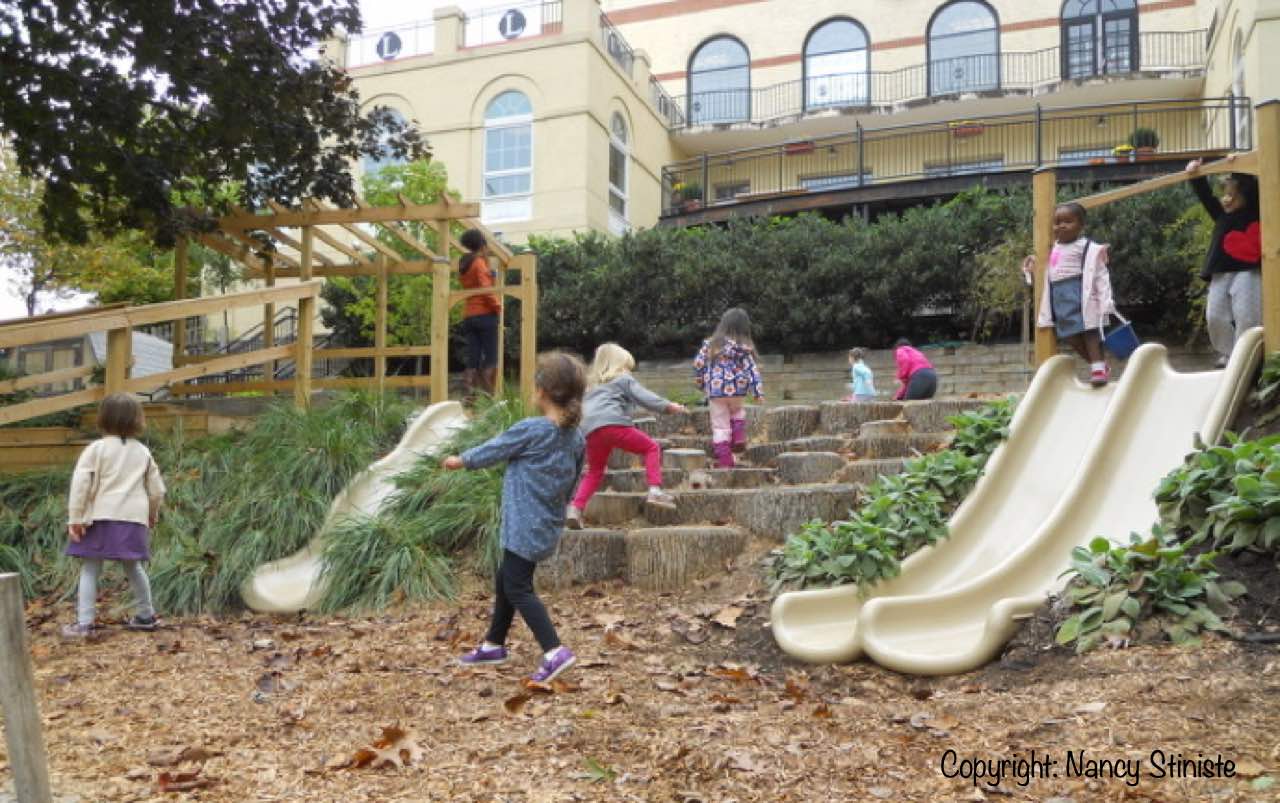
Loose Parts and Sensory Stations
Offering objects to interact with can give opportunities for active play. These loose parts can include tree cookies and stones of varied sizes, bales of hay, sticks, shells, and plant parts, along with tools and household items like baskets, wagons, blankets, and crates. Together, these materials provide opportunities to push, pull, lift, dig, grasp, carry, drag, throw, kick, and inspire industrious building, artful creation, and intricate imaginary play.
Sensory materials like sand, water, soil, and mud provide a wide range of play opportunities, from inspiring imagination to exercising both large and small muscles. When the sandpit is deep, and children are provided with real metal shovels, serious digging can happen. I recommend at least 18inch (46cm) of sand with a layer of course gravel below for good drainage. Adding a little bit of water to dampen sand for sculpting, or a lot of water to flow through constructed channels allows for creativity, cooperation, and extensive engineering projects.

Activating Children’s Imagination
Nature inspires imaginary play. Taking on roles in and among natural elements can support widely varied themes of play from exploring what it means to confront danger or to be safe, to follow or to be in charge, to care for others, and to take risks. Shelters within a cluster of shrubs or large grasses, under the branches of a weeping tree, or inside a lean-to built with sticks can be the setting for all sorts of pretending. High spots like a hill or a climbing tree that allow a different view of the space provide the fuel for imagination and give children a different perspective on their world.
If you ever had the experience of returning to a space where you spent time as a child and saw that it had shrunk, you understand the importance of scale. A hill or a boulder doesn’t have to be big to feel that way to a child. Having child-sized spaces and materials is empowering to children.
Natural loose parts are open-ended props that can be anything from a birthday cake to a spaceship. Real-life objects like kitchen implements and toys such as dolls, vehicles, musical instruments, and tools take on a different meaning when paired with natural materials. A big pot, some muffin tins, a ladle, and a slotted spoon combined with soil, water, and plant parts become a mud kitchen for whipping up potions and baked goods. Don’t forget to bring the dress-ups outside.
All these props allow children to try on roles, to imagine themselves as grown-ups doing important grown-up things, or as animals or superheroes or fantasy characters. Imaginary play with peers allows children opportunities to practice social interactions and conversations and develop empathy and skills like negotiation and conflict resolution.
Miniatures such as little figures, vehicles, or animals from the block corner paired with sand, rocks, and plants from nature can inspire elaborate storytelling and complex scenarios. Creating a miniature world and orchestrating what happens there gives a child a sense of power and control that is not usually part of their lives.
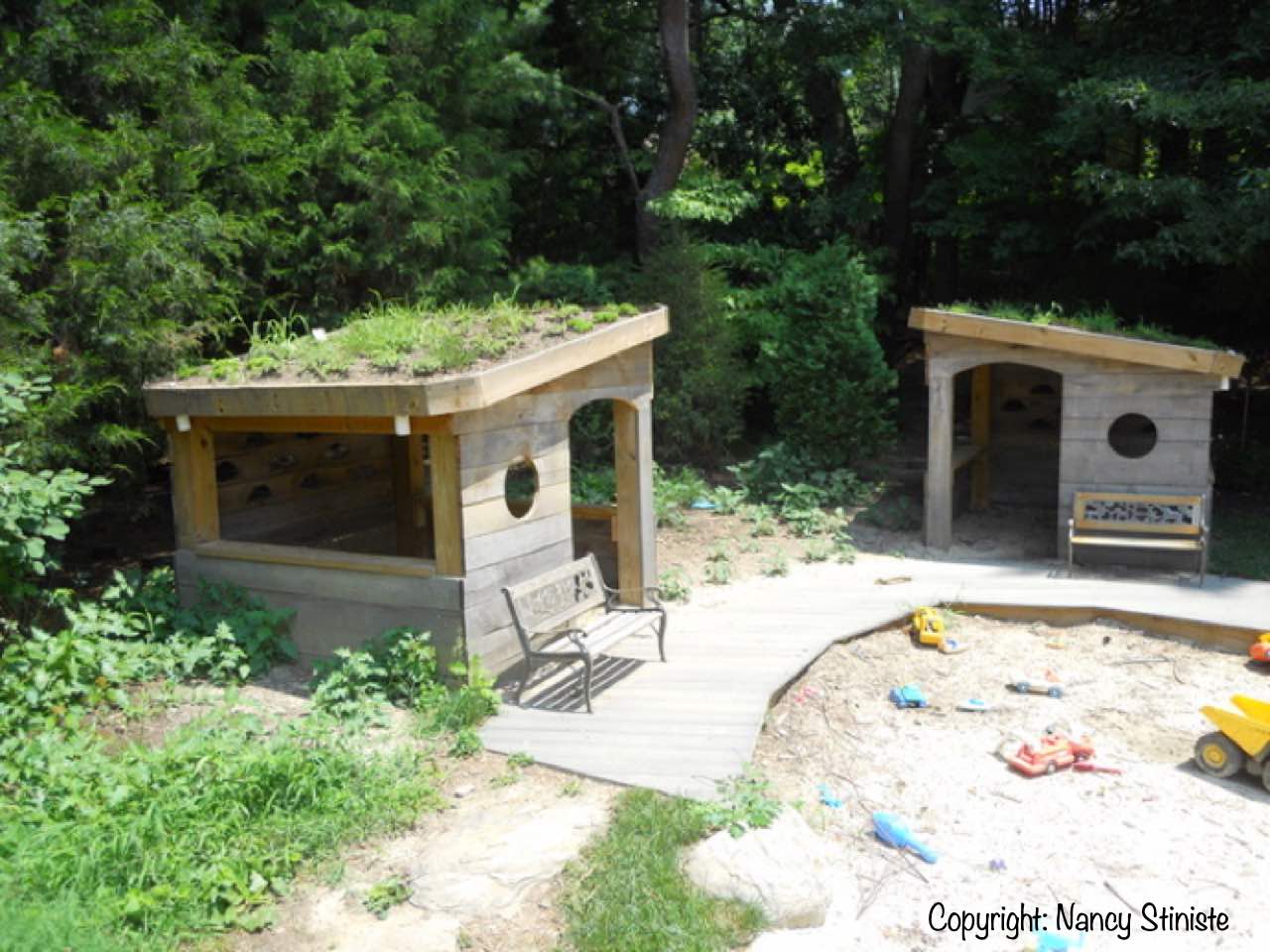
All these elements can compromise a nature play space. Providing places that allow children to play deeply in nature is essential, but it’s not enough. The other key component to meaningful play is time. Children need large blocks of unstructured time to allow themes to unfold, projects to advance, and just be in the out-of-doors.
![]()
Blog reposted from Early Childhood Outdoors by Prof Jan White - Natural Places and Spaces for Children’s Play.
Nancy Striniste is an early childhood educator, a landscape designer, and the author of Nature Play at Home: Creating Outdoor Spaces that Connect Children to the Natural World (Timber Press 2019). See more of Nancy’s work here.
Jan White is a leading thinker and writer on outdoor play and advocates for high-quality outdoor provision for services for children from birth to seven, working across the UK and internationally. Find out more about Prof Jan White and the origins of ECO here.
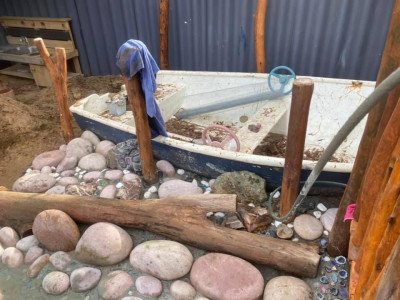
 Michelle Pratt
Michelle Pratt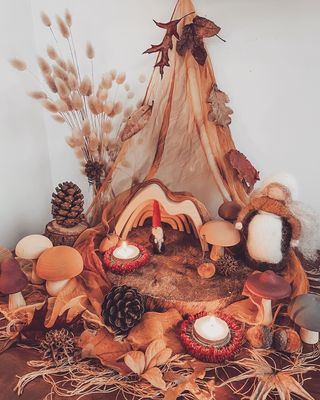
 Jade Leigh Kelly
Jade Leigh Kelly